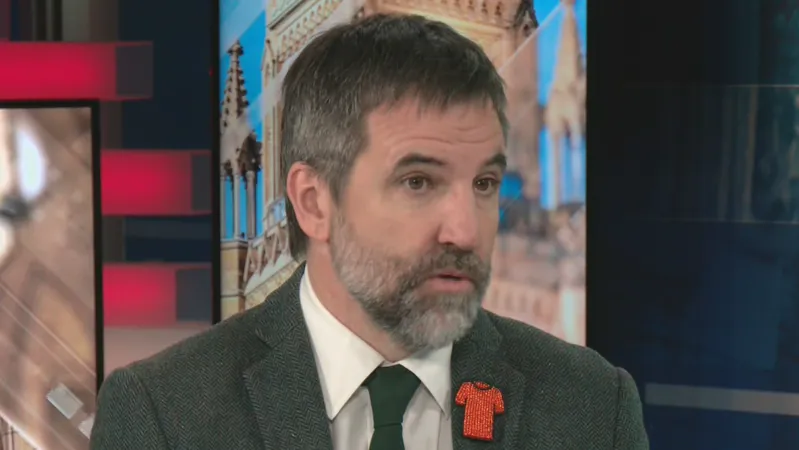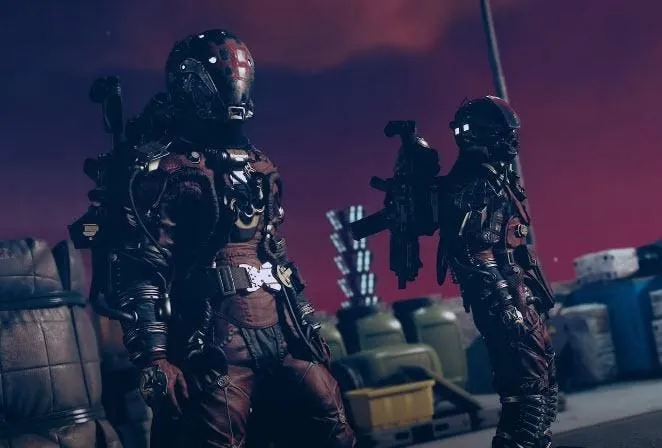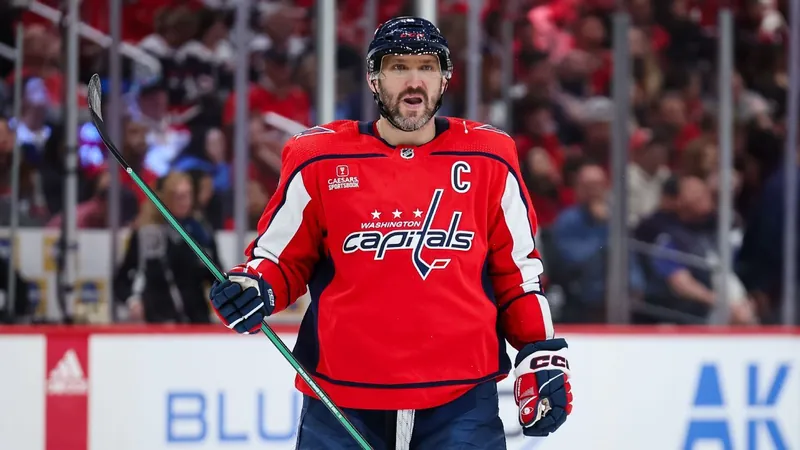
Confidence Vote Showdown: Will the Liberal Government Survive or Collapse?
2024-09-24
In the realm of Canadian politics, confidence votes have the potential to shift everything dramatically—just ask former Prime Minister Joe Clark, whose government fell unexpectedly in a 1979 confidence vote by a margin of just six votes. This century-old political chess game is heating up again as the Liberal government grapples with a crucial confidence vote.
As it stands, the House of Commons has 338 seats, with two currently vacant. To pass legislation, the ruling party typically needs 169 votes; however, to feel secure, the Liberals are likely aiming for at least 172 votes. The stakes are high, and the outcome could reshape the political landscape.
This week, Conservative Leader Pierre Poilievre is set to introduce a motion explicitly stating the House has no confidence in the Liberal government. Such votes typically revolve around budget matters and broader motions, making their implications profound.
Currently, the Liberal Party controls 153 seats; they face a united front from opposition parties, which have a combined strength of 177 seats. This means if all opposition parties vote as a bloc, the Liberals could easily be toppled. However, both Bloc Québécois Leader Yves-François Blanchet and NDP Leader Jagmeet Singh have publicly announced they will not vote to bring down the government, momentarily easing the suspense.
Despite these reassurances, political dynamics can shift swiftly. Peter van Loan, a former House leader, noted that the Liberals have various tactics available to maintain their hold on power. Strategies such as proroguing Parliament could extend their stay, but they ultimately require the support of at least one opposition party to stave off collapse.
Throughout this session, there are several potential vote scenarios that could determine whether the Trudeau government rises or falls:
1. Liberals vs. All Opposition: The simplest scenario for the Liberals to fail.
If the three main opposition parties vote together, they could easily surpass the 169-vote threshold to remove the government.
2. Liberals with One Opposition Party's Support: A possible lifeline.
If either the NDP or Bloc Québécois continues to support the Liberals, the government would retain a majority of votes and stay alive. The NDP previously had a supply agreement that would have given them sufficient votes to survive comfortably, but internal party dynamics could complicate this.
3. NDP Abstention: A strategic move to lower the threshold.
If the NDP chooses to abstain rather than vote 'yes' or 'no', the total number of votes would decline, making the threshold lower for the Liberals to maintain their government.
4. Bloc Abstention: Similar to the NDP.
If Bloc members abstain, the number of votes needed for the Liberals to survive is reduced. Given this strategic maneuvering, the situation remains precarious, with both the Bloc and NDP having the potential to play pivotal roles.
Additionally, the political climate is further complicated by the prospect of two potential byelections, one in Cloverdale—Langley City and another in Halifax, which could upset the balance of power if the Liberals do not hold onto these seats.
As the political drama unfolds, one thing is clear: the confidence vote is a high-stakes game of chicken that could alter the course of the Liberal government. Will Justin Trudeau's administration emerge unscathed, or will they find themselves on the brink of an unexpected election? The answer lies in the votes that will be cast—stay tuned!









 Brasil (PT)
Brasil (PT)
 Canada (EN)
Canada (EN)
 Chile (ES)
Chile (ES)
 España (ES)
España (ES)
 France (FR)
France (FR)
 Hong Kong (EN)
Hong Kong (EN)
 Italia (IT)
Italia (IT)
 日本 (JA)
日本 (JA)
 Magyarország (HU)
Magyarország (HU)
 Norge (NO)
Norge (NO)
 Polska (PL)
Polska (PL)
 Schweiz (DE)
Schweiz (DE)
 Singapore (EN)
Singapore (EN)
 Sverige (SV)
Sverige (SV)
 Suomi (FI)
Suomi (FI)
 Türkiye (TR)
Türkiye (TR)